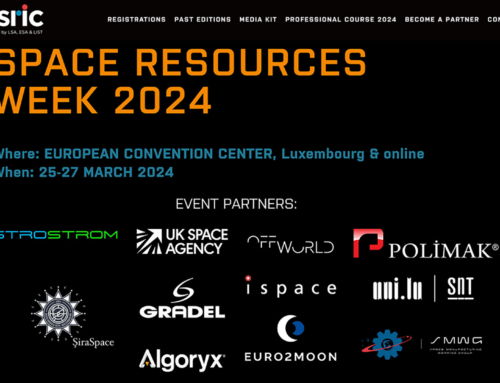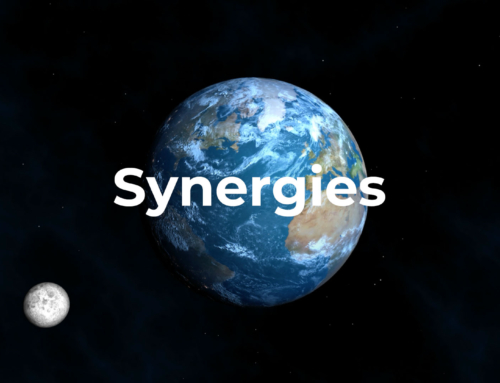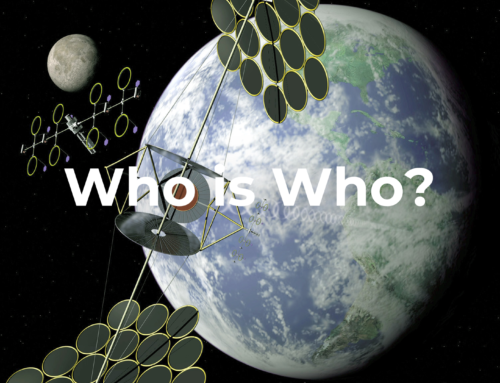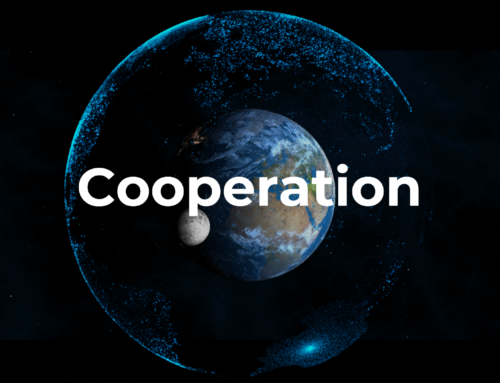In 2020 Astrostrom GmbH responded to two ESA open calls for new mission ideas. In the first call: “What’s Next? New Space Missions and Ideas” Astrostrom’s proposal for an orbital demonstration of Space-Based Solar Power (SBSP) was one of several ideas selected from 201 submissions for further evaluation. In response to ESA’s open call: “Clean Energy – New Ideas for Solar Power from Space” its proposal was one of the 13 that were selected and funded from the 85 submissions. Arthur Woods, the CEO of Astrostrom GmbH, emphasized to ESA the great importance of the Space Energy Option for addressing the climate and energy security issues confronting European society. Earlier this year Astrostrom produced an inspiring and informative video about the benefits of SBSP for the ESA SOLARIS programme.
SOLARIS on YouTube: https://www.youtube.com/watch?v=8ScTbb-43A4
On August 16, 2022, the Director General of the European Space Agency Josef Aschbacher announced ESA’s proposal to further investigate and mature the feasibility of Space-Based Solar Power – delivering clean energy from space to Earth – through a technology R&D programme called SOLARIS.
In the promotional video ‘SOLARIS’ ESA stated (3:05):
“If Europe wants to benefit from this game-changing capability, accelerated investments in research and development would need to start now to determine if space-based solar power can indeed offer another source of affordable and abundant energy for our green future and, in doing so, launch a new European space energy industry that will provide enormous opportunities for innovation and economic growth – in space and on Earth.”
Through the proposed preparatory programme, ESA will take the next step in pursuit of space contributions to this vision, as it explores the feasibility and potential of Space-Based Solar Power (SBSP) to provide Earth with clean energy from space. ESA also announced the results of two independent cost vs. benefits studies of SBSP for terrestrial energy needs from Frazer-Nash in the UK and Roland Berger in Germany which concluded that SBSP could provide competitively priced electricity to European homes and businesses by 2040.
The goal of SOLARIS is to prepare the ground for a possible decision in 2025 on a full development programme by establishing the technical, political and programmatic viability of providing sustainable energy from space for addressing terrestrial needs.
If the initial SOLARIS program is approved by the ESA ministerial council in November this year, Europe would extend the technological state-of-art in a diverse set of key technologies relevant to applications both on Earth and in space, such as high-efficiency solar cells, wireless power transmission and robotic in-orbit assembly. It would also ensure that Europe becomes a key player – and potentially leader – in the international race towards scalable clean energy solutions for mitigating climate change while providing energy security.
ESA’s SOLARIS website:
https://www.esa.int/Enabling_Support/Space_Engineering_Technology/SOLARIS
Two ESA Commissioned Cost vs. Benefits Studies:
https://www.esa.int/Enabling_Support/Space_Engineering_Technology/SOLARIS/Cost_vs._benefits_studies
ESA’s Plan to Research Solar Power from Space:
https://www.esa.int/Enabling_Support/Space_Engineering_Technology/SOLARIS/Plan_to_research_solar_power_from_space
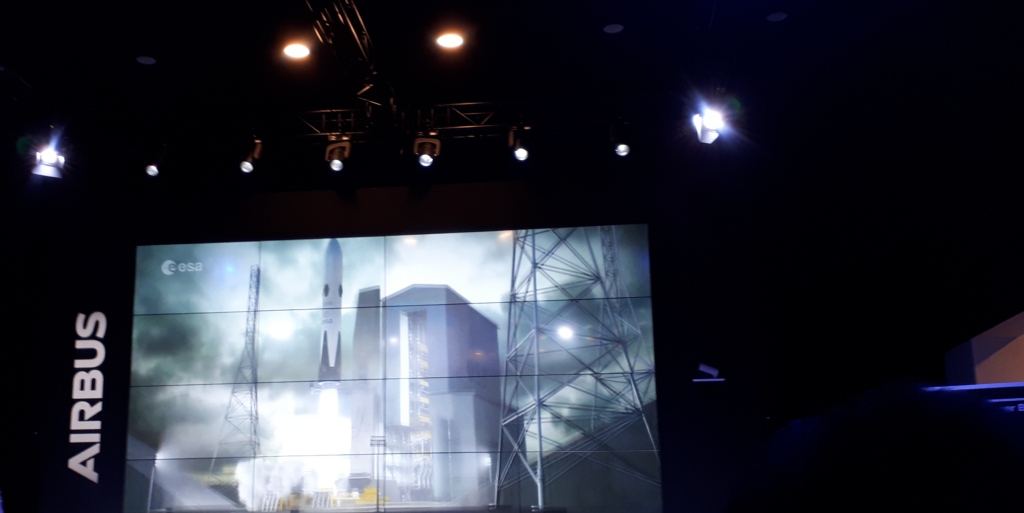
SOLARIS video at ESA/Airbus WPT Event, September 27, 2022 (Photo: Astrostrom)
On September 27, 2022, two representatives of Astrostrom witnessed the first demonstration of Wireless Power Transmission (WPT) on the European continent. The demonstration was organized by Airbus together with ESA and presented to a small, select group of stakeholders from the space and energy industries in the Airbus Defense and Space facilities near Munich. More than 500W of power generated by solar panels were wirelessly transferred over 36 meters between a phased-array transmitting antenna and a receiving antenna.

Astrostrom’s proposed S.O.S. – Space Option Star – Demonstration (Image: Astrostrom)
Astrostrom GmbH is developing its own technology demonstration concepts to be realized on Earth and in space such as the Space Option Star proposed to ESA (ideas.esa.int ). It is currently working on a one-year feasibility study called the “Greater Earth Lunar Power Station” which was one of the 13 proposals that were selected and funded from the 85 submissions in ESA’s open call: “Clean Energy – New Ideas for Solar Power from Space” (ideas.esa.int).
ESA-Supported Technology Developments:
https://www.esa.int/Enabling_Support/Space_Engineering_Technology/SOLARIS/ESA-supported_technology_developments
If Astrostrom’s concept to build a Solar Power Satellite from mostly lunar materials is shown to be technically feasible, this concept could be scaled to provide inexhaustible clean energy to Earth in a more economical and environmentally neutral manner than launching these enormous satellites from the surface of Earth.
Astrostrom is cooperating with other space companies and institutions in Europe in the development of the lunar power station concept. The study team includes space engineers, economists, architects, and artists. In addition to the SOLARIS video, Astrostrom has been producing a series of videos showing how it plans to land its first human mission and set up manufacturing facilities on the Moon and deploy a Lunar Space Elevator for transportation between the Moon and Earth. These videos and other information can be seen on the Astrostrom website (D/E).
Last year, Astrostrom analyzed Switzerland’s energy situation based on the “Energy Perspectives 2050+” strategy and identified an Energy Dilemma that will lead to an annual energy deficit of 114 TWh by 2050 – equivalent to 15 nuclear power plants the size of Gösgen (1-GW). Thus, new energy options for Switzerland and Europe are necessary and must be developed soon.



